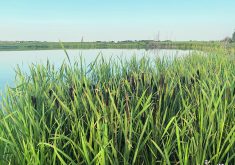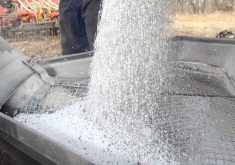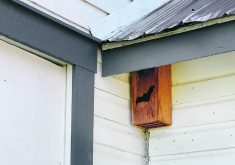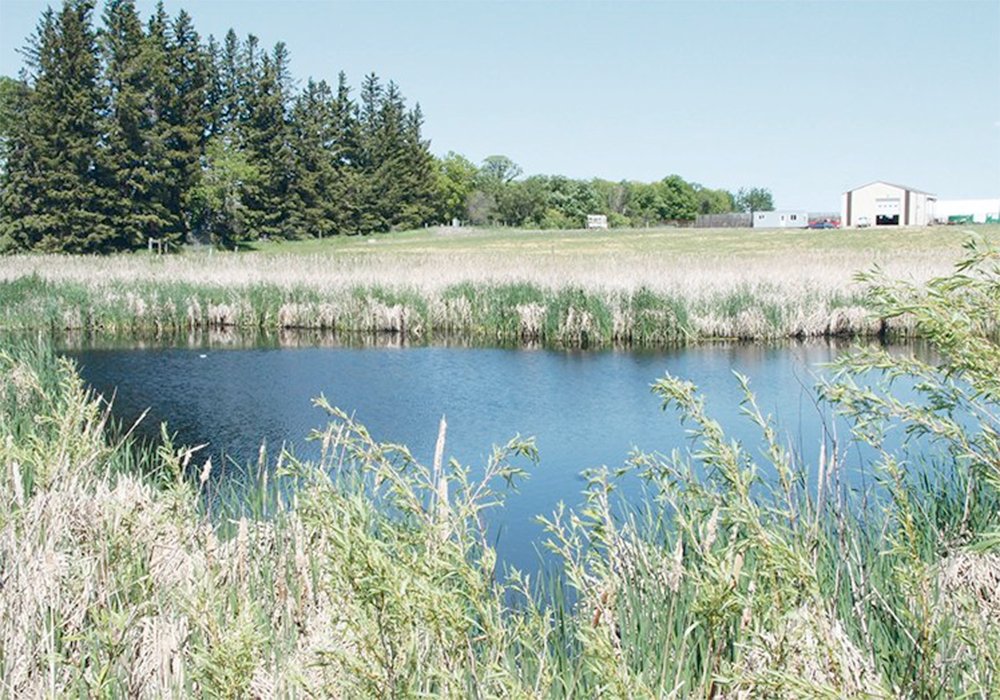A University of Wisconsin researcher has concluded there is a benefit to using insecticide seed treatments on soybeans.
In a paper published in Crop Science in early February, Shaun Conley and his colleagues determined that Syngenta’s CruiserMaxx product increases soybean plant stand compared to a fungicide-only seed treatment and an untreated check plot in trials in Wisconsin.
“There were no significant increases in plant stand or harvest plant population for ApronMaxx (fungicide only) compared with the UTC (untreated check),” the researchers wrote.
“The component difference between Cruiser-Maxx and ApronMaxx is the addition of thiamethoxam in CruiserMaxx, evidence that this active ingredient was responsible for the stand increases.”
Read Also

Chinese, Indian tariffs take toll on pea prices
The disruption of pea exports from Canada’s largest customers will likely result in slow pea exports for the remainder of the crop year.
Conley, a soybean production expert, said seed treatments allow farmers to plant fewer soybean seeds and still obtain high yields. Seed is typically the biggest expense for soybean growers, which means a product that reduces the amount of seed reduces input costs.
“What we found is that the economical optimal seeding rate for a neonicotinoid combination with a fungicide seed treatment is somewhere between 15,000 and 20,000 less seeds per acre.”
Syngenta has touted the benefits of thiamethoxam and its impact on plant development since the late 2000s, calling the effect vigour trigger.
Documents on Syngenta’s website say tests in multiple countries have demonstrated the effect on a variety of crops.
The company said thiamethoxam promotes faster emergence, improved plant stands, higher yields and taller, greener plants under tough growing conditions such as drought, low soil pH and high soil salinity.
Conley’s findings diverge from a U.S. Environmental Protection Agency report, issued last fall.
The EPA determined, after reviewing published research, that neonic seed treatments provide no economic benefit for soybeans.
Conley said the EPA evaluated studies that were skewed toward later planting dates.
“I think a lot of the data came from experiments that targeted soybean aphid,” he said.
“Instead of planting in those first 10 days of May, those were targeted for June planting…. These experiments were planted later than what we would recommend economically.”
Conley said neonic seed treatments are more effective when soybeans are planted in early May, when the seed may sit in cool soil and cope with adverse conditions for weeks.
Conley’s study can be found at www.crops.org/publications/cs/justpublished.
Contact robert.arnason@producer.com
















